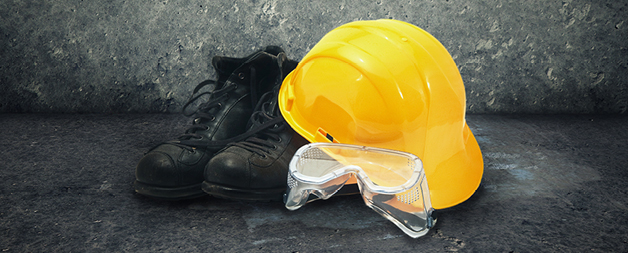
Manual Handling
The term manual handling is something we’re all pretty familiar with, and for the most part something that we generally associate with bending and lifting and boring presentations that we have to sit through.
What’s really important, is that we don’t just see Manual Handling as a work place issue, or something that just involves picking up a box. The National Standard for Manual handling describes it as"any activity requiring the use of force exerted by a person to lift, lower, push, pull, carry, or otherwise move, hold or restrain any animate or inanimate object." A pretty comprehensive list that covers almost all areas of our lives.
Research into Manual Handling has shown the following factors, often occupational, that are leading contributors to soft tissue injury:
- Physical heavy work
- Manual handling
- Sudden unexpected peak physical loads
- Frequent bending and/or twisting of the trunk
- Vibration
- Static work postures
- Prolonged sitting
- Repetitive actions
- Constrained actions
Further factors, which contribute to soft tissue injury are:
- Workplace design
- Work organisation
- Slips, trips and falls
Statistically the issues that you will face from poor manual handling technique, won’t actually affect you until years down the track. It is the build up of load from repetitive poor technique and sustained static postures that lead to almost 60% of injuries.
These are quality of life destroyers later in life, and can be avoided for the most part with more care and attention to the way we engage with manual handling across all areas of our lives. Whether that be the 13 bags of groceries in one hand so we can carry the key in the other, or moving a steel plate on a work site – the principles and fundamentals of manual handling apply, and are vitally important for you to understand and comply with, in order to keep your body and your back in better health for longer.
Do you need to:
- See a health professional about your posture or technique
- Re-design your workplace setup, the way jobs and tasks are undertaken or update equipment
- Move more throughout the day to avoid static posture
- Get a training and education refresher
- Better understand the causes and how to prevent soft tissue injury
- Rethink your manual handling approach in every day life
- Your back really can’t always tell you when you’re doing it harm – until it’s too late. Understanding the little things you can do better each day to avoid doing it harm, is the key to enjoying a better quality of life for longer.






Comments